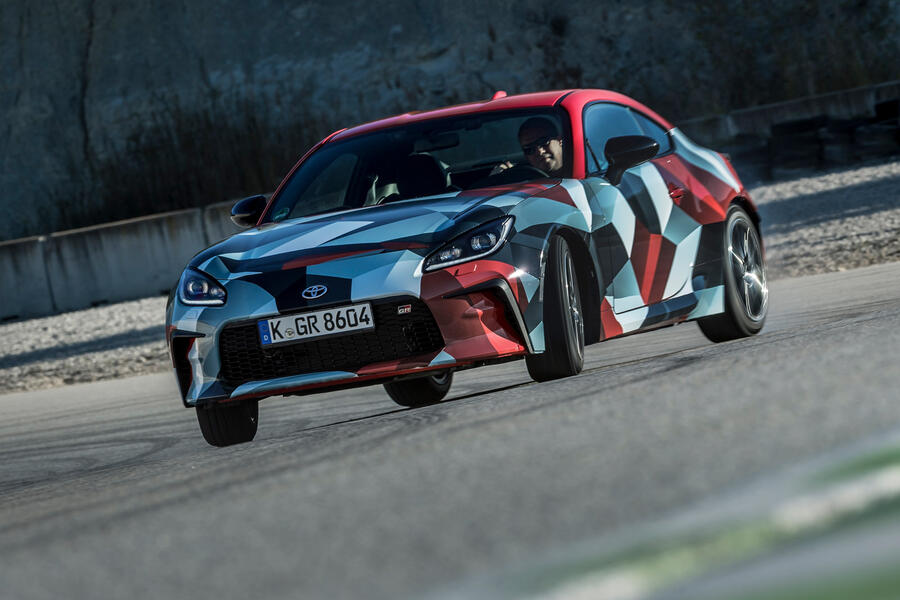The Japanese have a particular phrase to describe the feeling of anticipation you get before doing something exciting. It might be performing on stage or jumping out of an aeroplane, but it’s also commonly associated with driving a great sports car.
They call the concept 'waku doki'. It’s a sort of spine-tingling sense of the fun you’re about to have. Japan, like Britain, clearly remains a sports-car-loving island; and the Toyota GT86 was, and remains, a waku doki kind of sports car.
Toyota hopes we will get the same tingle from the GT86’s replacement, which starts production at joint venture partner Subaru’s Ota plant this year, and is set to come to the UK in May 2022.
Will the wider world embrace the GR 86 any more than its predecessor though, I wonder? The GT86 wasn’t the greatest commercial success, after all. Right now, who can say? But it deserves nothing less. This is an improved operator in lots of ways. Not a hugely different car to drive, but a brilliant one all the same – and one of a more complex, versatile, raw and absorbing character than its forebear, too.
This time it’s a GR 86 we’re getting and not a GT86 because Gazoo Racing has had a lead hand in the car’s development, just as it did with the GR Yaris and GR Toyota Supra.
Like its predecessor, the car is a lightweight, rear-driven, compact 2+2 coupé with a high-revving atmospheric boxer engine and an affordable price tag that’s likely to start with a two when UK prices are announced next month. But there’s an all-new 2.4-litre flat four under the new car’s low-rising bonnet, whose cylinder bore has expanded from the perfectly square 86mm dimensions of the old car to 94mm of bore.
![]()
Judging by the memory of the GT86’s driving experience, you might have said that it was accessible torque that this car really needed more of, but it’s not easy to add torque-giving piston stroke to a car with a horizontally opposed engine already so wide, at 2.0 litres of swept volume, to have influenced car’s front axle design (both GT86 and GR 86 use MacPherson struts up front because double wishbones won’t fit). So Toyota went ‘big bore’ instead, while also enlarging the engine’s intake valves and revising its valve timing.

























































Join the debate
Add your comment
So, it's a track day car then? Not great on British bumpy roads, not that practical and not that economical if you drive it as it demands.
I can't see it selling any better here than the previous version then.
Strange how YT channels have already reviewed the GR86 in USA and Canada and love the car which is night and day better than the GT86 and MX-5. So why with the camouflage when elsewhere it's completely without it? Autocar is already behind.
Hard to dislike but I'm struggling with the interior...it looks quite dated, even with, or especially because of, what could appear to be a double-din flip up screeen head unit, but still it's very appealing.
From what I have read elsewhere the GR86 is keeping too tried and tested methods for the interior and also Customers didn’t want huge changes like lots of screens for example. Some people prefer actual buttons and manual handbrake to lots of electronics.